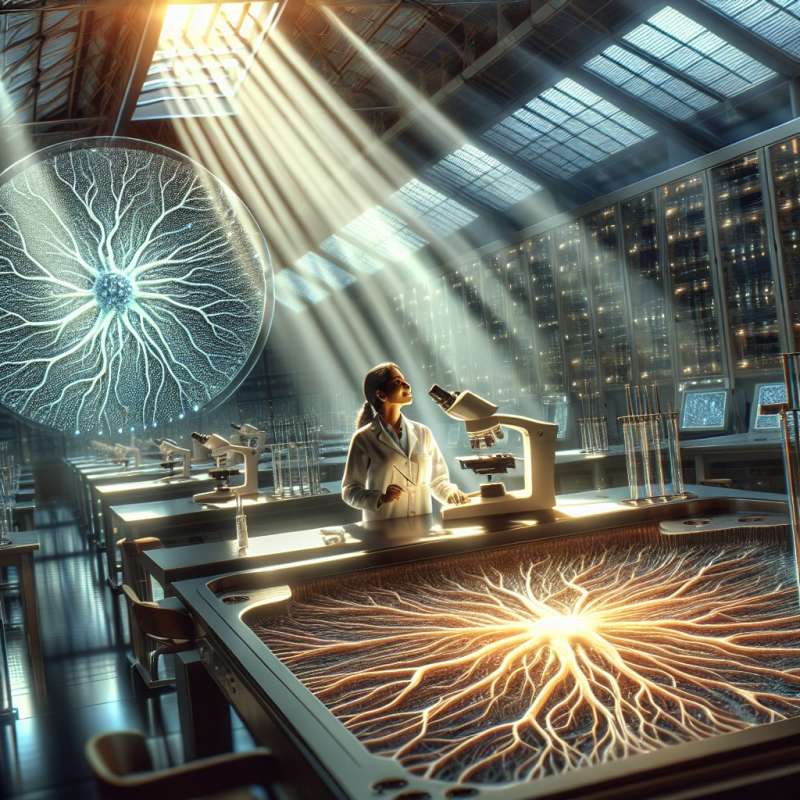
The Chip Evolution
Chips in medical devices have dramatically evolved. From simple pacemaker circuits to complex neural interfaces, they've enabled advanced patient monitoring and revolutionary treatments.
Microelectromechanical Systems
MEMS technology in chips allows for miniaturized device components. These tiny systems perform critical functions in implants and diagnostic devices with increased precision and reliability.
Wireless Power Transfer
Implantable devices now often incorporate chips enabling wireless power transfer. This innovation reduces the need for surgeries to replace batteries and enhances patient comfort.
Smart Diagnostics Integration
Chips enable the integration of smart diagnostics within medical devices. They process complex data, offering real-time health insights and enabling prompt, personalized treatment.
Biocompatible Material Advances
Modern chips are not only smart but also safe. Biocompatible materials reduce the risk of rejection and inflammation, supporting their long-term presence in the human body.
Security and Privacy Concerns
With the rise of connected medical devices, chip security has become paramount. Advances in encryption and secure hardware design protect against unauthorized access and data breaches.
Future: Biohybrid Chips
Emerging biohybrid chips blend organic components with electronics, potentially revolutionizing regenerative medicine. These chips could self-repair and integrate seamlessly with human tissues.
What do modern chips enhance in pacemakers?
Aesthetic design of device
Complex neural interface capabilities
Battery life span only
Company